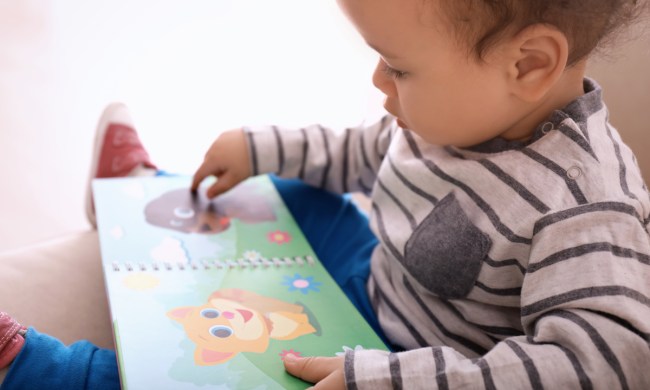App, clothes, tickets, takeout, and video games are all things teens enjoy spending money on. Even if your teen already has a part-time job and is earning spending money, college is just around the corner. Soon, expenses will involve more than just entertainment. Whether your teen is a junior, senior, or getting ready for freshman year at college, before you say goodbye at the dorm, it’s important to set aside some time to teach money management skills. College is the first real time teens are on their own. The reality is, some adults can’t manage their money well. So, how are teens supposed to unless they understand the ins and outs of financial responsibility before stretching their wings at college?

Money management skills begin at home
The truth is, your teen has already been learning money management skills. Saving tooth fairy money and allowance actually helps sets the foundation for fiscal responsibility in adulthood. Kids will typically imitate things they see their parents do. So if you’ve been showing your kids how to save for a coveted vacation instead of putting the whole trip to Disney on a credit card, you’ve already given them a peek into handling finances. The initial step to teaching money management to your teen is to be a good financial role model at home.
Get a part-time job
Matshona Dhliwayo said “money doesn’t grow on trees,” which you probably heard that growing up. Teens have, too. If your teen doesn’t already have a part-time or summer job, encourage them to get one. You can’t learn how to manage money if you aren’t making some of your own.
Set up a savings account
A savings account is important when it comes to teaching teens how to manage money. Once your teen has a part-time job, talk about immediately putting 20 percent of each paycheck into the savings account. Most teens have probably saved up money for a new gaming console or a cool pair of sneakers. It’s vital to show them saving money is a way of life not what you do when you want to buy something.

Make a budget
Once 20 percent goes into the savings, now what? It’s time to show your teen how to establish a budget. A budget starts with a monthly income. From there, make a money list to see what your teen spends his or her money on. Then, estimate how much is spent per month on each item. Financial experts typically advise the 50-30-20 rule when it comes to budgets. Fifty percent goes toward necessities like books and car payments. Thirty percent goes to wants, and 20 percent goes into savings. If your needs require more than 50 percent of the monthly budget, then it gets taken away from the wants.
Track spending
Instead of blindly spending money on food, clothes, books, and more, teach teens to track their spending. This way, teens understand where exactly their money is going and what areas they need to cut back on.
Paying bills
Teens may not realize just how many bills adults need to pay each month. From rent, mortgage, utility, credit cards, and more, monthly bills can seem like a mountain. While teens won’t have to pay all those in the dorm, if there are plans for an off-campus apartment at some point, they will. Take the time to sit down with your teen and give them a taste of the bill-paying process.

Beware of the lure of credit card offers
Teens have to be 18-years-old to apply for a credit card, and the offers will start rolling in. The key is to help your teen understand the ins and outs of credit cards and to stay away from offers with high-interest rates, fees, and hefty late charges. As a student, a starter card is the best option for a teen. Starter cards have low credit limits and are a great way to establish a positive credit rating. Teens should apply for a card with zero annual fees and low interest.
Credit card basics
Once a teen has a starter credit card to establish a credit rating, make sure they understand the importance of paying credit card bills in full and on time. You don’t want to waste money paying interest and late fees. When they’re away at college, credit cards should be used for actual emergencies. If your teen decides to indulge and purchase a want or pay off a need with the credit card, that’s okay, as long as it’s paid off. Wracking up credit card debt in college isn’t going to help establish a good credit rating.
Open a checking account
Of course, there’s PayPal, Venmo, Apple Pay, and other ways to pay for purchases, but if your child is a considerable distance from home, open a checking account to pay bills and for emergencies. Before you open the checking account, teens should what an overdraft is and that there are fees attached when it happens.
Teaching teens fiscal responsibility goes a long way. When teens learn early on how to manage their money, they are far more likely to be fiscally responsible adults. Sometimes as a parent, it feels like teens do think money actually grows on trees, making it even more important they understand the basics of money management before heading off to college.



